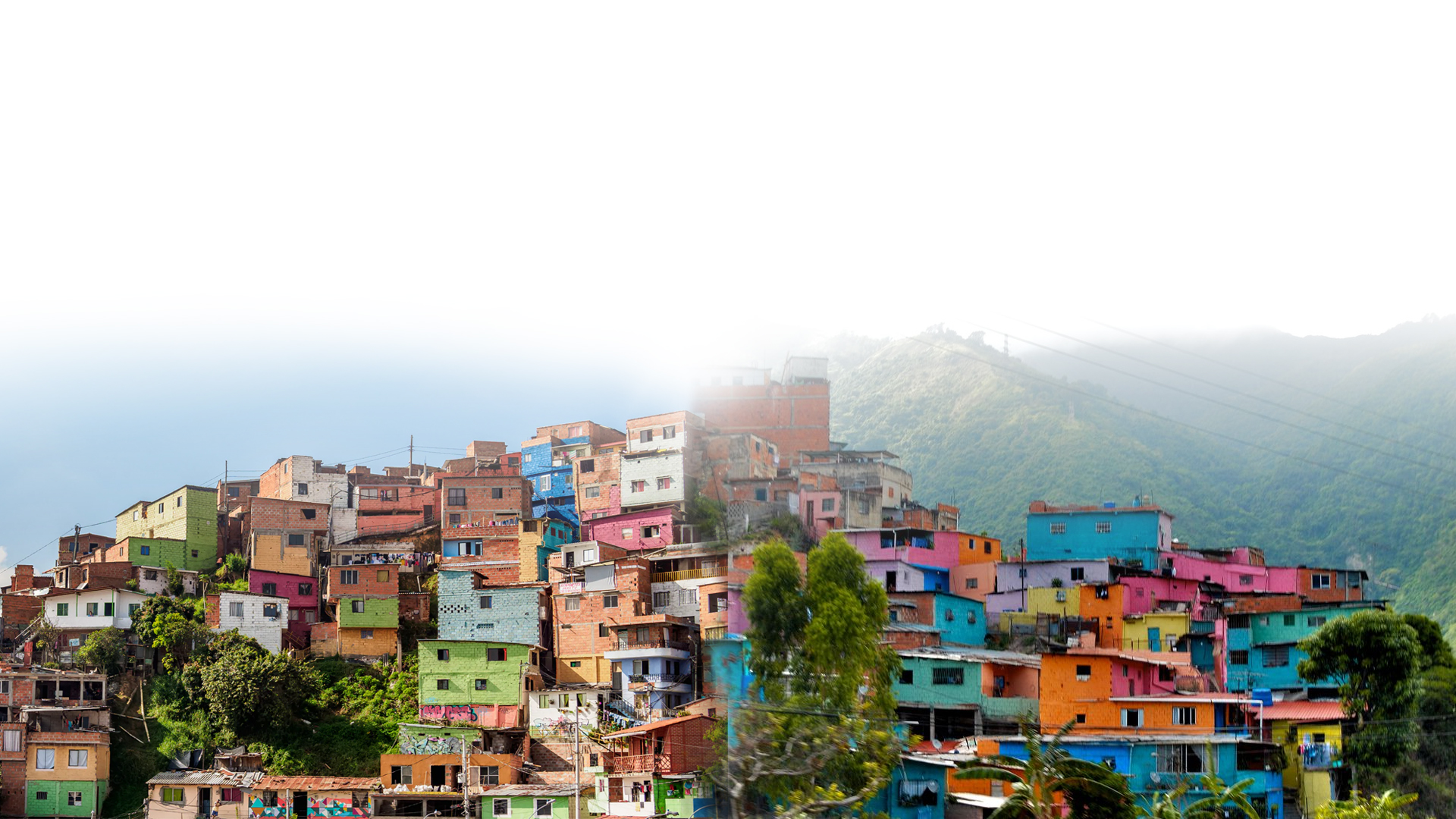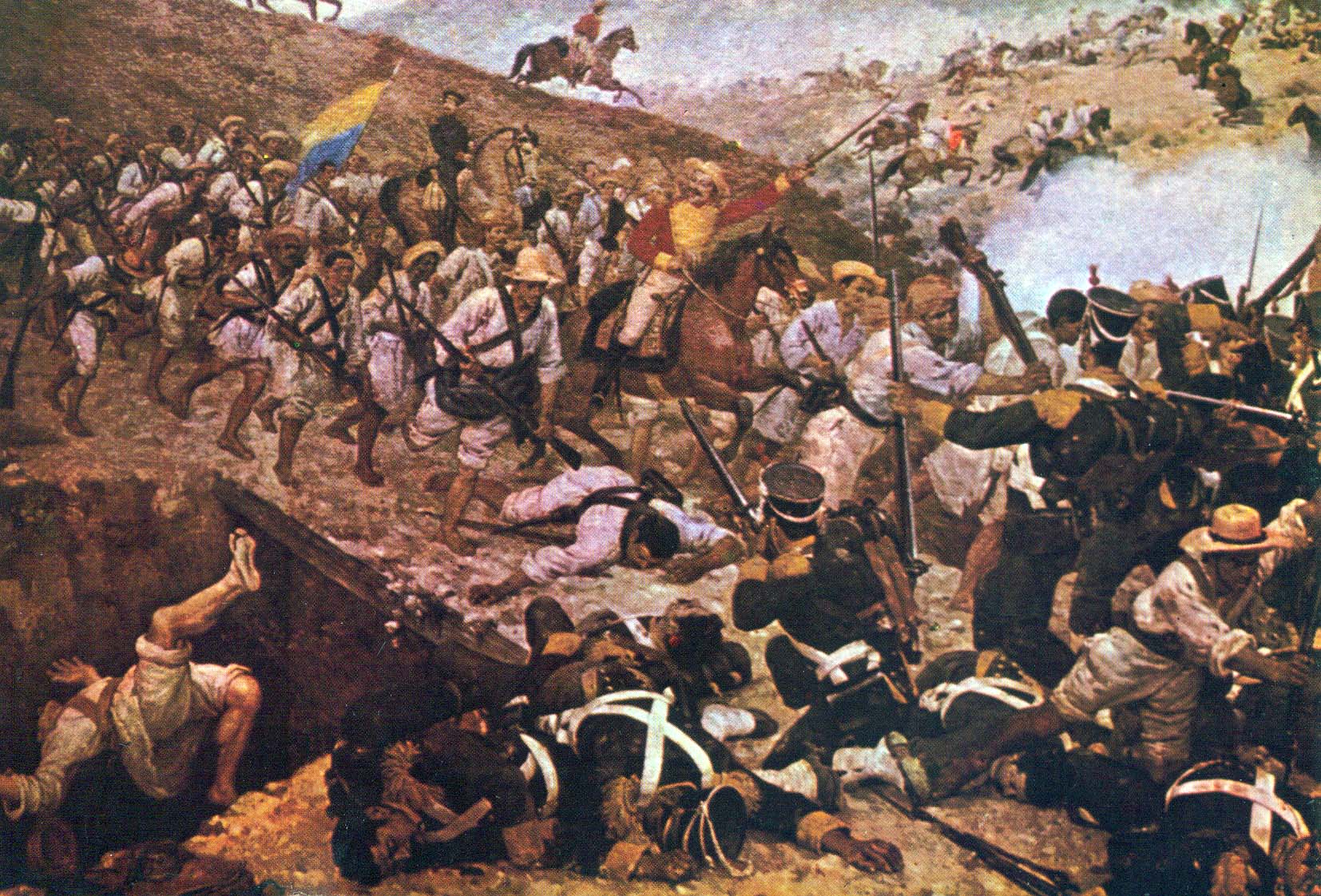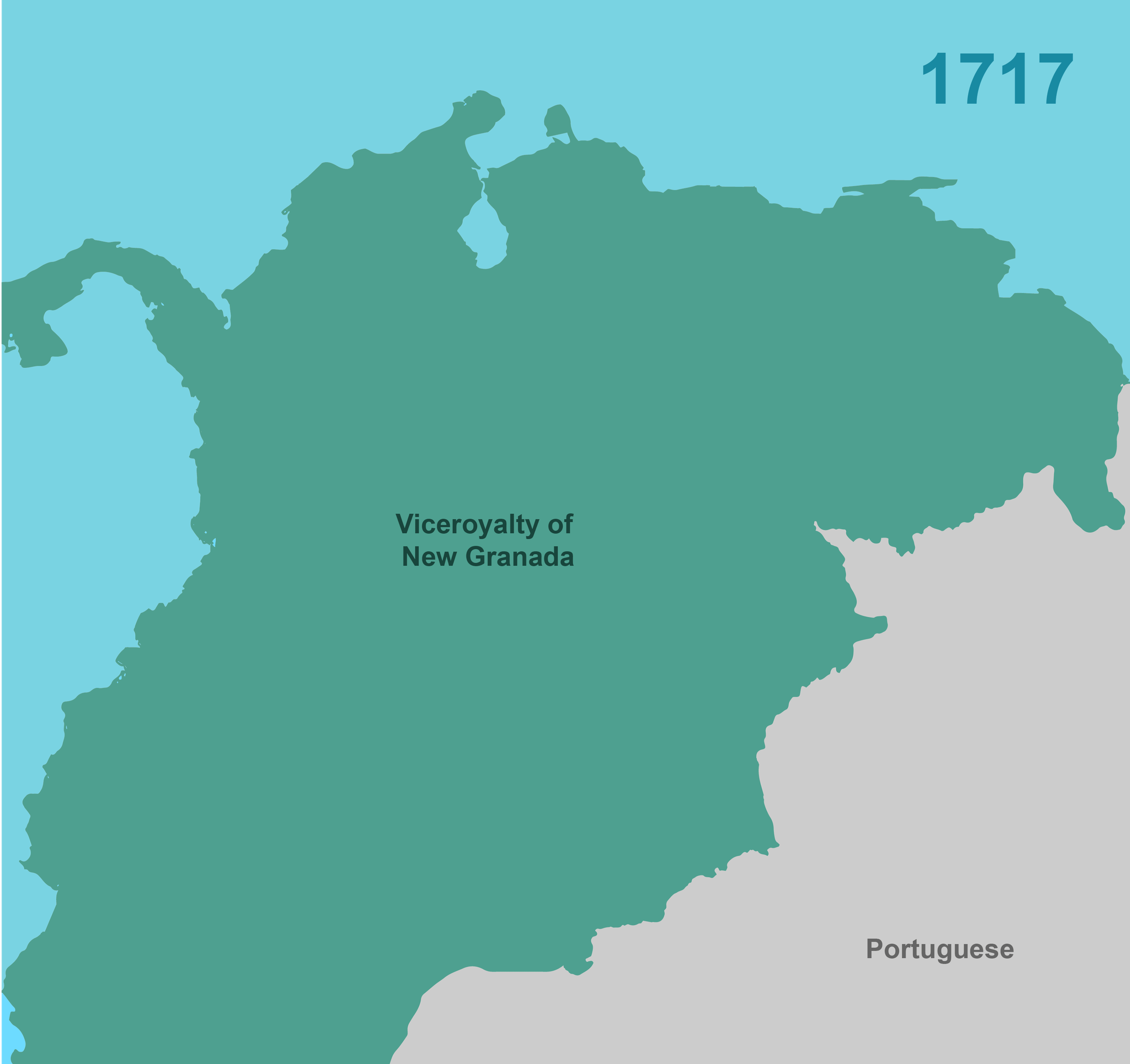
A Tale of Two Countries
An ode to friendship and brotherhood


Countries with a Shared History
Once one of the richest nations in Latin America, Venezuela now finds itself in one of the largest humanitarian and socioeconomic crisis in recent years. An estimated 5 million people have fled their homes and the 95% of the remaining Venezuelans are in abject poverty. It is often in times of greatest despair that the nobelest of human virtues manifest. Colombians have opened their borders and their homes to uplift millions of human lives from tragic suffering and worse. History bearing witness, this is not the first time the two nations have braved dire adversity. Be it their common struggle against the Spanish Colonists or the civil unrest in Colombia in the early-mid 2000s, the two nations have time and again unified as one and stood firm on their beliefs of humanity.
Prompted by civil strife and violence, Colombians have historically fled to Venezuela in search for a safer and better quality of life. The number refugees from Colombia especially saw sudden surge in the mid-2000s, when the fossil-fuel rich Venezuela boasted a strong economy due to robust crude-oil prices. The Venezuelans were welcoming; the Chavez administration granted Colombians residency, the right to vote and other social benefits. The government even provided bus services to Colombians, since a lot of families lived across borders. In recent years though, the flow of refugees has completely reversed.

Disaster struck in 2015. Global factors caused the crude-oil prices to crash and the one-industry economy of Venezuela was by-far the most affected. The government tried to cover the income gap by printing more notes, thus devaluing the currency, culminating in hyper-inflation. Now, bags and artworks made out of the Bolivar are worth more than the currency's intrinsic value.
Hover to see where
the refugees fled
Venezuelans in an extraordinarily short period of time, found the cash in their pockets amount to virtually nothing. With widespread famine and violent breakouts, 16% of Venezuelans have fled to several countries. With many countries closing their doors on these starving refugees families, Colombia has incredibily opened their borders and admitting an estimated 3500 refugees each day. Colombia presently hosts 30% of all Venezuelan refugees, with Peru being a distant second at around 20%.
Click to Explore
Click Nodes to Explore Tree
An interative plot that illustrates the demographics of Refugees in Colombia. It is evident that a more than half the people affected are infact lesser than the age of 30. This emphasises the impact of this humanatarial crisis on young, productive individuals. The interactive bar chart shows stratified fraction of refugees to the total Venezuelan population.

This phenomenal gesture of hopitality by the Colombians is not without sacrifice on their part. With over 3500 refugees flowing in each day, the country's government agencies are hard-pressed for resources. With Venezuelans free to move around the country and permitted access to education, more refugees are moving towards urban areas. The population density of Bogota has surged as much as 3% in a the span of just over a year, putting enormous pressure on the public works in cities. The world must rally in support of Colombia and assist their efforts to manage this unprecedented humanitarian crisis.
These plots show the distributions of refugees and the state of the departments of Colombia. As more refugees come in, there will be a strain on the natural resources and employment opportunities, especially in cities like Bogota where the population density is already very high. There are also a number of refugees in La Guajira where the population living under poverty, illiteracy are already high, aid for education and creating economic opportunities is required to help both Colombians and Venzuelans in these regions.
The Colombian government spends 0.5% of their GDP towards the cause. With no near timeline of the Venezualan economy stabilizing, the influx of Venezuelans is only expected to increase. Colombia has taken proactive measures to ensure that refugees are given opportunites of education, medical care, places to stay as well as opportunities of employement. The cost to support this expected surge in influx is only going to increase and the global community must come together to support the people of Venezuela and aid Colombia in it's efforts.
The plot on the left evidences a ever-increasing number of pending asylum application cases. Colombia has not faced such a challenge before and must be aided in terms of technology and resources to continue their efforts to help the Venezuelans.


Take Away.
The Venezuelan Crisis has left a heavy toll on millions of lives
in ways most of us can't begin to imagine. The Colombian people have shown the world the warmth in their
spirit and kindness within their hearts. Let the Colombian example shine bright in the face of this or any future
crisis we face and be proof that we are united as a single human race. There are lessons to be learnt from the
events in Venezuela, but first we must extend our support to the people affected in any small way we can. Perhaps
this Visualization tool amounts to a very tiny effort towards this cause. The amount may be little, but our support is sincere.
Data Sources : UNHCR, UNDESA, DANE, Migracion Colombia